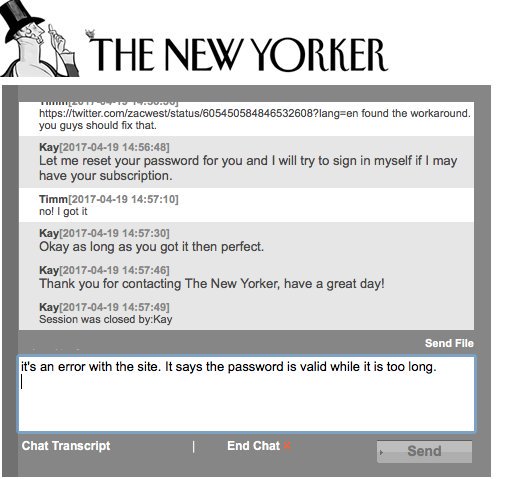Customer Service
I recently got my PlayStation 4 Pro swapped out for a new unit and a second, identical run of photo prints, both of which weren’t necessary at all. In both cases, I was in contact with customer service, inquiring about a problem.
The PS4 seemed to produce faulty shadow graphics, the run of prints had a few pictures with bad color gradients. Both times I had simply asked customer service the question “Is this normal?”. Both times it seems the scripted responses or actions didn’t allow for actually pursuing an answer to that question. Instead, I was asked if I had tried rebooting the PS4, and was promptly sent that second set of prints – again with faulty color gradients. After a ton of persuasion, I got the PS4 switched out for another unit, which… drumroll showed the same symptoms. Still can’t believe this is where technology is at regarding shadow graphics – but that is beside the point.
I get it: Customer service, customer support is expensive. You need scripted responses and standard procedures to manage the volume of requestst that hit your infrastructure every second. But at the point where that system leads to totally unnecessary costs and a crappy experience for the customer, you need to acknowledge that it’s just not working.
More like New LOLker, amirite?
Another example which shows that taking customer service requests seriously can lead to a much, much better product – or, at least, a less bad product:
I couldn’t log in to my newyorker.com account, got a wrong password message. I guess you’ve been there, a perfect setup for a great customer service conversation if there’s ever been one. Thing was, I didn’t enter the wrong password, I entered exactly the same the form on the website had previously accepted as a valid one. But since I’m such a poweruser, I chose a password that was, in fact, “too long”, at least for the part of the website that accepts passwords. It would’ve been one of the great mysteries of technology, because the customer service got me nowhere. Huge shoutout to twitter user @zacwest for pointing the error out in a googleable manner.
When I pointed, eh, wanted to point this out in my customer service chat, this happened:
This was of course after the “let me reset your password for you“-dance which I had to go through again despite having explained that I had already done so.
With somethiong like this, no smug realism-cutthroat-capitalist-this-is-just-how-it-is attitude can justify the abysmal quality of the vast majority of customer service experiences. Security (and that’s a big one!) aside, it simply has to be more expensive to deal with all the requests this bug generates than to fix the underlying problem. But seemingly, again, “inquiring about/fixing the underlying problem” is not a common action customer service representatives are allowed or motivated to undertake.
To be clear: I am not blaming this on the individual represantatives I was in contact with. Most likely the customer service system simply rewards “successful requests” over a real, sustainable analysis of the problem at hand. A symptom of bad management/environment, not individual bad performances.
Surprise and Delight
I don’t want to be purely negative, and rather emphasize my point by giving a positive counterexample. A customer service issue is always also an opportunity for delighting the customer, or at least making them feel better than if the problem hadn’t existed in the first place. Theoretically, no issues with the product would be preferable, but I’d say since we’re all human, a successful interaction has the potential to make us feel special.
A good friend of mine recently was dissatisfied with soup she bought in her lunch break. She wrote in, and what she got back was a) an apology b) an explanation and c) a shipment of free soups, all of which are very important.
The free soup is really the extra mile, but what is the price of some soup compared to the value of a real fan of your brand?
